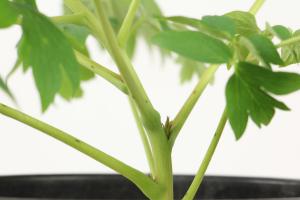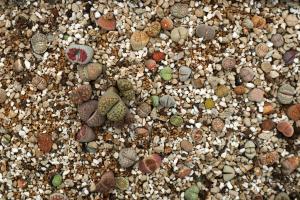Where to Plant Iris Bulbs
Introduction
Iris bulbs are a popular choice among gardeners because of their vibrant colors and easy-to-grow nature. It is important to choose the right location to plant these bulbs to ensure their proper growth and longevity. In this article, we will discuss where the ideal location is for planting iris bulbs.
Sunlight and Shade Requirements
The first and most important factor to consider when planting iris bulbs is the amount of sunlight the planting location receives. Iris bulbs require plenty of sunlight to thrive and produce healthy blooms. Therefore, it is advisable to choose a location that receives at least 6 hours of direct sunlight per day. If you live in a hot climate or have intense heat in the summer months, you may want to consider planting your irises in a location that receives more shade to protect them from the intense heat.
Soil Requirements
The soil where the iris bulbs are planted is another important factor to consider. Iris bulbs require well-draining soil that is rich in organic matter for optimal growth. It is advisable to add compost or other organic matter to the soil prior to planting the iris bulbs. Moreover, the soil should be slightly acidic with a pH level that ranges from 6.0 to 7.0. If the soil is too alkaline, it may be necessary to add sulfur to lower the pH level.
Location and Spacing
Another important consideration when planting iris bulbs is the area where the bulbs will be planted. Iris bulbs should be planted in a location that is not prone to waterlogging or flooding, as this can lead to root rot and other fungal diseases. It is recommended to plant iris bulbs in raised beds or on a slope to ensure proper drainage. Additionally, iris bulbs should be spaced apart to allow for adequate air circulation and avoid overcrowding. The spacing between bulbs should be at least 12 to 18 inches.
Care and Maintenance
After planting the iris bulbs, it is important to care for them properly to ensure their long-term growth and success. Regular watering is important, but the soil should not be kept too wet. Overwatering can cause the bulbs to rot or develop fungal diseases. It is recommended to water the iris bulbs thoroughly once a week. Additionally, it is important to remove any weeds that may be competing for nutrients and space. Fertilization is also important for optimal growth. A balanced fertilizer can be applied in the spring and again in the fall to promote healthy growth.
Conclusion
In conclusion, planting iris bulbs is a relatively simple process, but it is important to choose the right location and provide the proper care and maintenance. Remember to choose a location that receives plenty of sunlight, has well-draining soil, and is not prone to waterlogging. Proper spacing and regular care are also important for long-term growth and success. With these tips, you can enjoy the vibrant colors and beauty of iris bulbs in your garden for years to come.

 how many times do yo...
how many times do yo... how many planted tre...
how many planted tre... how many pine trees ...
how many pine trees ... how many pecan trees...
how many pecan trees... how many plants comp...
how many plants comp... how many plants can ...
how many plants can ... how many plants and ...
how many plants and ... how many pepper plan...
how many pepper plan...































